
A monk who becomes a monster after 100 days (Tetsunezumi Raigou)
On March 20, 2020, the final episode of "The Crocodile That Will Die in 100 Days" aired.
"The Crocodile Who Will Die in 100 Days" is a four-panel comic by cartoonist Kikuchi Yuuki that started on Twitter on December 12th of last year and became a hot topic on social media as it was updated daily while counting down the days until the death of the crocodile.

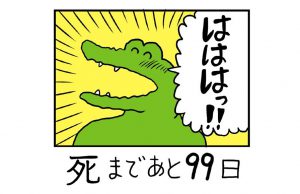
As a result, Crocodile-kun died 100 days later, just as the title suggests, and many people mourned his death. However, at the same time, the news that his death would be published in book form, a film, and merchandise was met with criticism, with people saying things like, "It's not cool," "Dentsu (Baysica) is really bad at marketing," and "It's grandiose stealth marketing."
There was a heated battle of guesses online about Crocodile-kun's demise, and one of the theories was that since March 20, 2020, was predicted to be the day of human extinction in the Mayan calendar, Crocodile-kun would die at the same time as humanity. Unfortunately, Crocodile-kun died, and humanity will not be wiped out by the new coronavirus.

Monk who dies in 100 days (mouse)
Crocodile-kun was unknowingly destined to die in 100 days, but there was a monk who, out of resentment, asked to die after 100 days and became a monster.
"Iron Rat" was a monk from the Heian period.RaigoThis monster became a vengeful spirit and appeared in the form of a rat.

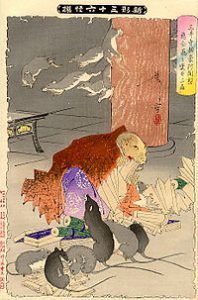
One day, Raigō was ordered by Emperor Shirakawa, who had no children, to pray for the birth of a prince. He was promised a reward if his prayers were successful.
The prayers were successful and a son, Prince Atsufumi, was born. Raigō then conveyed his wish to build a Buddhist altar at Onjō-ji Temple (Mii-dera Temple).
However, the Enryakuji Temple on Mount Hiei interfered, and Emperor Shirakawa reneged on his promise. At the time, there was a fierce conflict between the Enryakuji Temple and the Onjoji Temple, and the Emperor was afraid of this conflict.
Raigō, who resented this intensely, went on a 100-day fast and died looking like a demon. He then transformed into a giant rat with iron fangs called the Iron Rat, and attacked Enryaku-ji Temple together with countless rats.
Furthermore, a mysterious white-haired old monk began appearing at Prince Atsufumi's bedside, and the prince died shortly thereafter.
Frightened, Enryaku-ji Temple built a shrine and enshrined Raigō as a god, thereby calming his grudge.
Crocodile monster
By the way, there are crocodile-related monsters such asKagewaniThere is a monster called ".

"Beach caressingIt is said to be of the same species as the shark, with a shark-like appearance, but with a large tail fin with grater-like needles attached to it, which it uses to hook sailors and drag them into the water.
What will society be like in 100 days?
In the 100 days leading up to Crocodile-kun's death, the world experienced major social changes, including the spread of the new coronavirus, the resulting economic crisis, and consideration of the cancellation or extension of the Tokyo Olympics.
What will the world be like 100 days from now?
Maybe only the monsters know that.
Images: Kikuchi Yuuki's "The Crocodile Who Will Die in 100 Days," Nippon Television's "Late Night from Monday," Tsukioka Yoshitoshi's "New Style Thirty-six Mysterious Stories" and "The Picture of Miidera Raigo Ajari Transformed into an Evil-Thought Mouse," Takehara Shunsen's "Ehon Hyaku Monogatari" (One Hundred Tales of Ethnic Groups) "Iso Nade"
References: "The Definitive Japanese Yokai Encyclopedia: Yokai, the Other World, and Gods" (Mizuki Shigeru, Kodansha Bunko), "Japanese Yokai Encyclopedia" (Mizuki Shigeru, Murakami Kenji, Kadokawa Bunko)
Text by Keishiro Watanabe
■ Keichan Watanabe
Born in Asahikawa, Hokkaido. Graduated from the School of Human Sciences at Waseda University. An independent researcher of yokai. Certified Information Systems Auditor (CISA).
He currently works as a management and IT consultant, residing in Sapporo, Hokkaido, and traveling throughout the prefecture and Tokyo. However, he studied folklore and cultural anthropology at university, and continues to research yokai as his life's work.
I am currently writing articles about monsters associated with Hokkaido, where I currently live, as well as current news about business and economics.
Twitter:https://twitter.com/keishiro_w


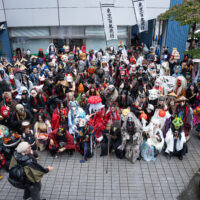
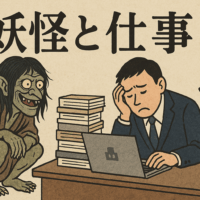
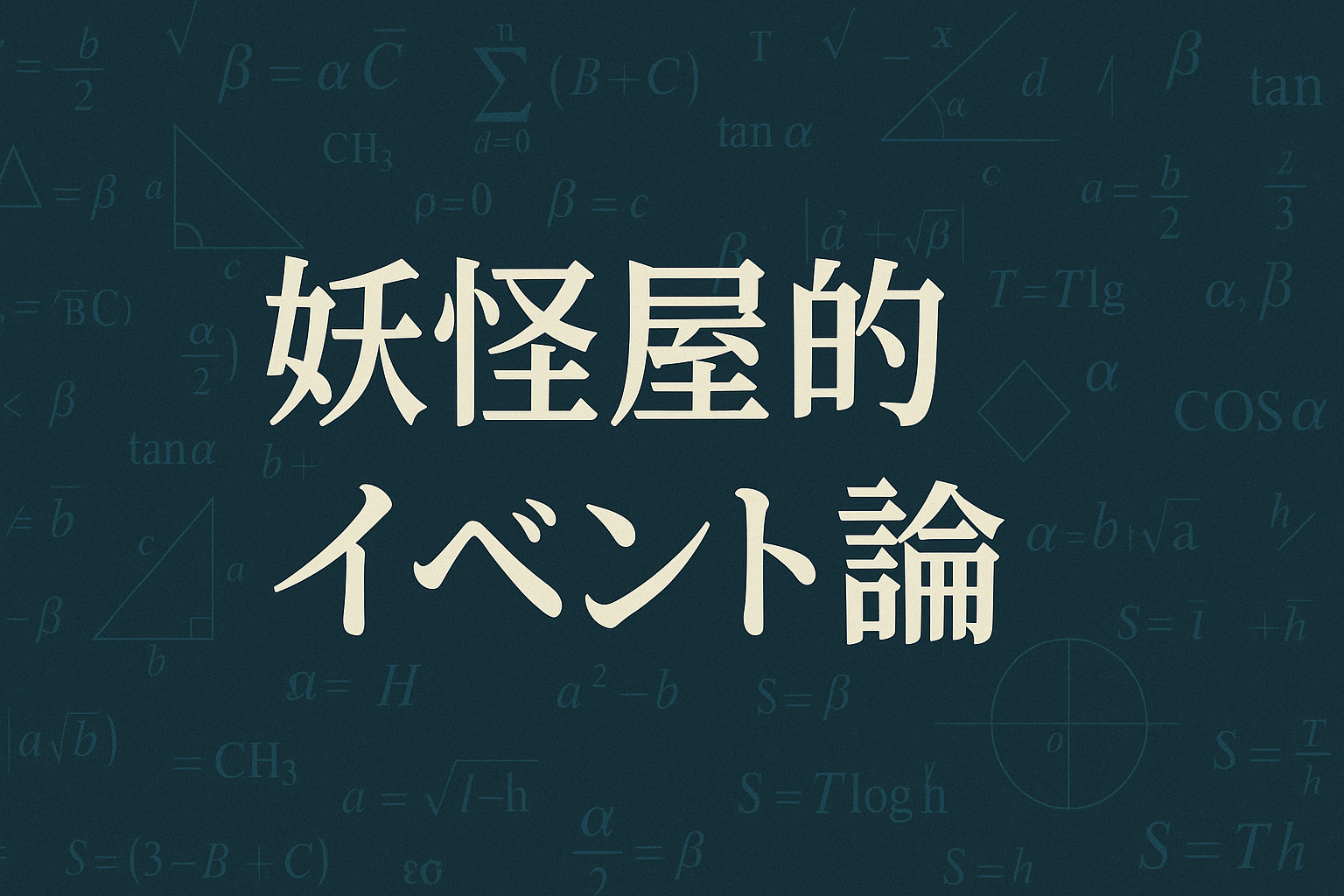



No comments yet.